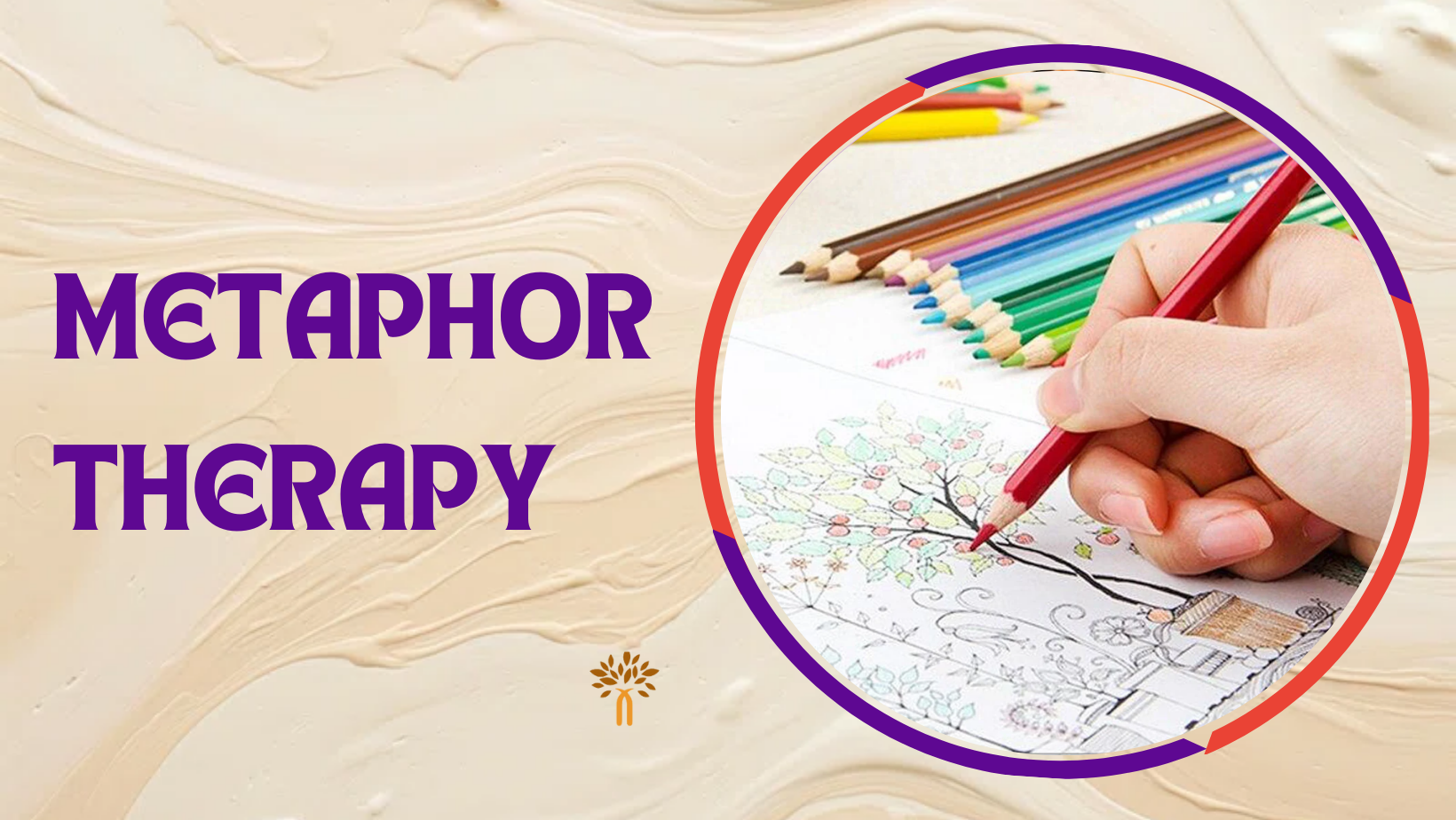Alternative Therapies
- Alternative Medicine
- Acupressure
- Acupuncture
- Akashic Records
- Angel Healing
- Aura Reading
- Ayurveda
- Bach Flower Remedies
- Breathwork
- Chakra Healing
- Cosmetic Acupuncture
- Cosmic Connection
- Crystal Ball Gazing
- Cupping Therapy
- Emotional Freedom Technique (EFT)
- Ergonomics
- Fengshui
- Geopathic Stress Graphology
- Heal Your Life
- Gaiadon Heart
- Holistic Solutions
- Homeopathy
- Hypnotherapy
- Lama Fera
- Manual Therapy
- Meditation
- Melchizedek Method
- Merlin Trinity Healing
- Motivational Counseling
- Mudra Healing
- Munay - Ki Rites
- Nakshatra Energies
- Naturopathy
- Neuro Linguistic Programming (NLP)
- Numerology
- Panchakarma (Ayurveda)
- Past Life Regression
- Physiotherapy
- Pranic Healing
- Pyramids
- Redikall Healing
- Reiki
- Rudraksh
- Sujok therapy
- Tarot
- Unani Medicine
- Violet Flame Healing
- Yoga
- Wicca
Diseases & Conditions
- Acne & Pimples
- Allergies
- Arthritis
- Asthma
- Behavioural Disorders
- Dandruff
- Diabetes
- Emotional Problems
- Gallstones
- Gastritis
- Hairloss
- Heart Diseases
- Hormonal Problems
- Hypertension
- Immune Disorders
- Infections
- Infertility
- Jaundice
- Kidney Disorders
- Liver Disorders
- Menstrual Disorders
- Migraine
- Neck & Back Pain
- Obesity
- Osteoporosis
- Peptic Ulcer
- Prevention
- Prostate Problems
- Psoriasis
- Sexual Dysfunctions
- Sinusitis
- Sleep Disorders
- Skin Diseases
- Stress
- Thyroid Disorders
- Ulcerative Colitis
- Urinary Infections
General Wellness
Metaphor Therapy in Jamnagar

Ms. Mukta Rastogi
Mukta Rastogi is a Life coach, Counsellor, Certified Hypnotherapist, Access Bars Practioner, Certified with Dr Brain Weiss in Past Life Regression, trained in Metaphor Therapy and Angel Card Reader. She is Proactive and dynamic spiritual healer.

METAPHOR THERAPY

Metaphor therapy is a kind of psychotherapy that uses metaphor as a tool to help people express their experiences symbolically. As a spontaneous product of processes within the mind involving both the conscious and unconscious of the person, metaphor is an important psychotherapeutic tool for exploring personal meaning, fundamental to insight-oriented psychotherapy.
Metaphor functions as a compromise formation analogous to a dream or symptom in the sense that it simultaneously expresses material from different psychic levels, for example, topographical, structural, and dynamic.
Metaphor use and exploration gives people a way of linking their experiences across diverse times and situations. For example, for one man the metaphorical statement "when I am pushed, I push back" connected with several relationships over the course of his life, from his father to current authority figures and even friendships. The exploration of metaphors encourages a subjective, relative, and symbolic attitude toward one's experience, a "seeing through" one's particular fantasies about an "objective world". This change in perception creates a psychological ground on which movement can occur, and this freedom of movement is the aim of therapy.
By linking different things, metaphors aim at conceptual change through new insight, involving re-categorization of experience along new lines of meaning. Metaphorical interpretation of life, rather than analogical, combines the past with what is new. The transference relationship is thought of as an example of metaphor, a kind of symbolic translation of earlier strivings to present-day circumstances, as opposed to a re-enactment, which would lose the creative power of the metaphor and be merely analogic.
- Hearing and suspending making sense of the metaphor.
- Validating and expressing interest in the metaphor.
- Expanding the metaphor by encouraging description of associations, emotions and imagery (may share own associations).
- Playing with the possibilities by exploring what the metaphor might mean.
- Marking and selecting the aspects that support the current treatment goals.
- Connecting with the future by outlining tasks that lie ahead based on shared understandings derived from the metaphor.



